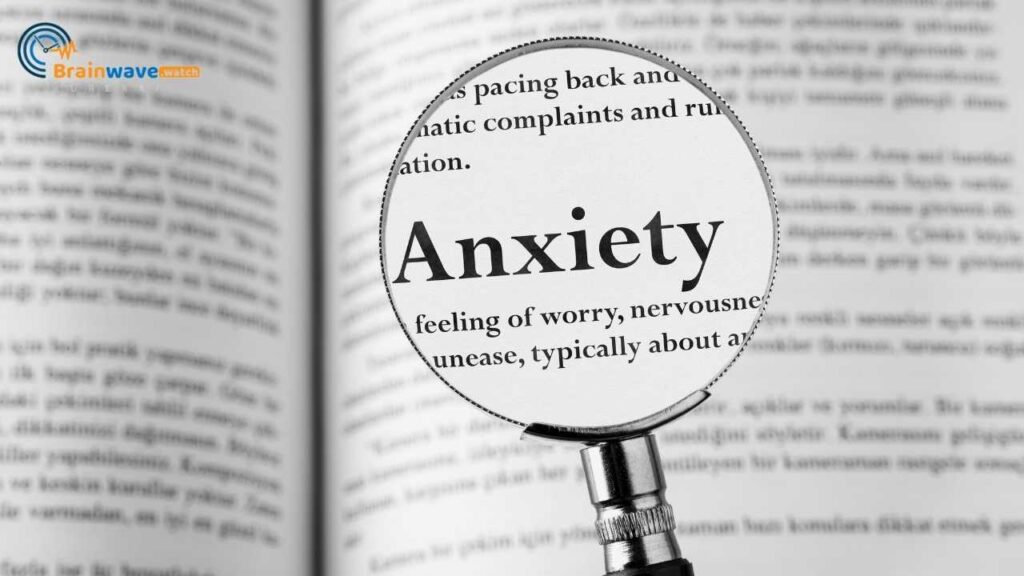Imagine a world filled with flashing lights, overwhelming noises, and constant social demands. For some autistic individuals, this isn’t just an imagination; it’s a reality that can lead to intense meltdowns. But what exactly are meltdowns, and how are they different from temper tantrums? This article dives deep into the world of autistic meltdowns, explaining the causes, signs, and how to best support someone experiencing one.
What Are Autistic Meltdowns
An autistic meltdown is an intense response to overwhelming sensory or emotional input. It is a state of neurological overload that can cause a range of behaviors, from crying and screaming to self-injurious actions or aggression. Autistic meltdowns are different from temper tantrums, which are typically manipulative and used to get what the person wants.
During a meltdown, an autistic person may lose control of their body and emotions. They may have difficulty communicating, processing information, and regulating their behavior. Meltdowns can be triggered by a variety of factors, including sensory overload, changes in routine, social anxiety, and emotional stress.
Not all autistic people experience meltdowns, and those who do may have different triggers and coping mechanisms. Some may have more frequent or severe meltdowns than others, and some may experience shutdowns instead of meltdowns.
To support an autistic person during a meltdown, it is important to remain calm and patient. Avoid making demands or giving instructions, as the person may not be able to process them. Instead, provide a safe and quiet space for the person to calm down, and offer sensory tools or activities that can help them regulate their emotions.
Meltdowns are not a choice or a behavior that can be punished or controlled. Autistic people need understanding and support to navigate the challenges of sensory overload and emotional stress. By creating a supportive and inclusive environment, we can help autistic people feel valued and empowered to be their authentic selves.
Common Triggers and Causes
Autistic meltdowns can be caused by a variety of factors, including sensory overload, emotional regulation difficulties, and unexpected changes. Understanding these triggers and causes can help individuals with autism and their caregivers better manage and prevent meltdowns.
Sensory Overload
Sensory overload occurs when an individual is overwhelmed by sensory input, such as loud noises, bright lights, or strong smells. This can cause anxiety, stress, and frustration, leading to a meltdown. Autistic individuals may be more sensitive to sensory input than neurotypical individuals, making them more susceptible to sensory overload.
To prevent sensory overload, individuals with autism may benefit from wearing noise-canceling headphones, using sunglasses to reduce bright light, or avoiding crowded places with strong smells. Caregivers can also help by creating a calm and quiet environment and providing sensory toys or tools to help regulate sensory input.
Emotional Regulation Difficulties
Autistic individuals may have difficulty regulating their emotions, which can lead to meltdowns. This may be due to difficulty understanding and expressing emotions, or difficulty coping with stress and anxiety. Emotional regulation difficulties can also be related to co-occurring conditions such as ADHD or anxiety disorders.
To help with emotional regulation, individuals with autism may benefit from learning coping skills such as deep breathing or mindfulness techniques. Caregivers can also provide emotional support and help individuals identify and express their emotions healthily.
Unexpected Changes
Unexpected changes to routine or environment can be particularly challenging for autistic individuals, leading to anxiety and stress that may trigger a meltdown. This can include changes in schedule, unexpected visitors, or changes to the physical environment.
To help prevent meltdowns related to unexpected changes, caregivers can provide advance notice of any changes to routine or environment, and provide a visual schedule or other tools to help individuals understand and prepare for changes. It can also be helpful to provide a safe and quiet space for the individual to retreat to if they become overwhelmed.
Signs and Symptoms
When an individual with autism experiences an overwhelming amount of sensory or emotional input, they may have what is known as an autistic meltdown. It is important to recognize the signs and symptoms of an autistic meltdown to provide appropriate support and care.
Physical Indicators
During an autistic meltdown, an individual may exhibit physical symptoms such as sweating, shaking, or hyperventilating. They may also experience an increased heart rate, dilated pupils, or flushed skin. These physical indicators are often a result of the individual’s heightened emotional state and can be accompanied by feelings of panic or anxiety.
Behavioral Signs
In addition to physical indicators, an individual experiencing an autistic meltdown may exhibit behavioral signs such as screaming, crying, or hitting themselves or others. They may also engage in repetitive behaviors such as rocking or flapping their hands. It is important to note that these behaviors are not intentional and are a result of the individual’s inability to cope with the overwhelming sensory or emotional input they are experiencing.
Approach an individual experiencing an autistic meltdown with patience and understanding. Providing a calming and safe environment, as well as offering sensory tools or techniques, can help to alleviate the individual’s distress.
Strategies for Management
Preventive measures are one of the best ways to manage autistic meltdowns. It is important to identify the triggers that lead to an autistic meltdown and take steps to prevent them. These triggers can be sensory, emotional, or physical. Sensory triggers can include loud noises, bright lights, or strong smells. Emotional triggers can include stress, anxiety, or frustration. Physical triggers can include hunger, thirst, or fatigue.
To prevent sensory triggers, it is recommended to create a calm and quiet environment. This can include using earplugs or noise-canceling headphones, dimming the lights, or using calming scents. To prevent emotional triggers, it is recommended to develop coping strategies such as deep breathing, mindfulness, or physical exercise. To prevent physical triggers, it is recommended to maintain a healthy diet, stay hydrated, and get enough rest.
During-the-Moment Interventions
During-the-moment interventions are strategies that can be used when an autistic meltdown is occurring. It is important to remain calm and patient during an autistic meltdown. Trying to reason with the individual during a meltdown is not effective. Instead, it is recommended to offer support and reassurance.
One effective strategy is to remove the individual from the triggering environment and take them to a safe and quiet space. This can help to reduce sensory overload and provide a calming environment. Another effective strategy is to use sensory tools such as weighted blankets, fidget toys, or calming scents. These tools can help to provide a sense of comfort and security.
Post-Meltdown Support
Post-meltdown support is important to help the individual recover from an autistic meltdown. It is important to offer support and reassurance after a meltdown has occurred. This can include providing a safe and quiet space, offering comfort items such as a favorite toy or blanket, or engaging in calming activities such as reading or listening to music.
It is also important to discuss the meltdown with the individual after they have calmed down. This can help to identify the triggers that led to the meltdown and develop strategies to prevent future meltdowns. It is important to offer support and encouragement during this process and to avoid blaming or criticizing the individual for the meltdown.
Impact on Daily Life
Autistic meltdowns can have a significant impact on an individual’s daily life. The unpredictability of when a meltdown may occur can cause anxiety and stress for both the individual and their loved ones. It can also be challenging to manage the aftermath of a meltdown and return to a normal routine.
During a meltdown, an individual may become overwhelmed and experience a loss of control over their emotions and behavior. This can result in physical outbursts such as hitting, kicking, or throwing objects. It can also cause verbal outbursts such as shouting, screaming, or crying. These outbursts can be distressing for the individual and those around them.
The aftermath of a meltdown can be just as challenging as the meltdown itself. The individual may feel exhausted, embarrassed, and ashamed of their behavior. They may also struggle with communication and have difficulty expressing their needs and emotions. It is important to provide support and understanding during this time and allow the individual to take the time they need to recover.







